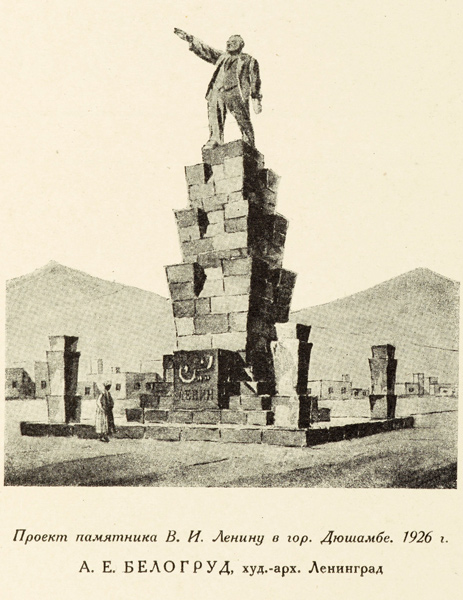The new faith required new monuments. Soviet architects and designers rose to the challenge, providing examples of socialist celebration and might which remain famous symbols of the Union and its successor states to this day. Scale was a significant component in the design – these monuments would be bigger and bolder than the rivals of the past or the West.
The Soviet entries in world fairs embodied the celebration of the new religion. One of the most enduring and recognisable symbols of the Soviet Union, the ‘Rabochii i kolkhoznitsa’ (‘Worker and collective farm worker’) statue, was created for the 1937 international exhibition held in Paris.
As the symbolic capital of the whole Soviet Union, Moscow led the field in monumental architecture. Stretching far above the historic skyline, the ‘Stalinskie vysotki ‘(literally ‘Stalinist high-rises’ but known more commonly in English as the ‘Seven sisters’) spoke of strength and triumph in vast prime examples of monumental architecture.
Tweet
Design for a statue of Lenin in Dushanbe by A. E. Belogrud, in Annual of the Society of Architects/Artists, no. 12 (1927). CCA.54.1015(12a)